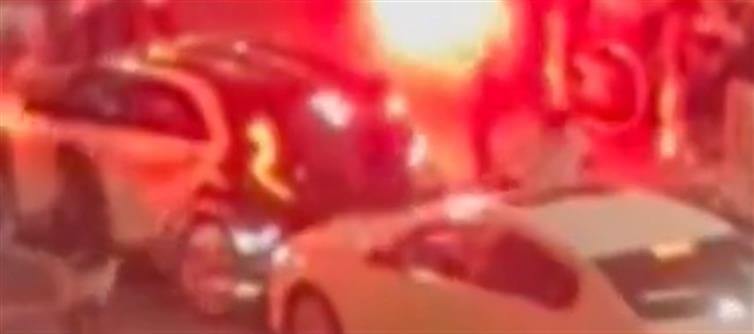
Paris, like many major cities, has long struggled with tensions between law enforcement and marginalized communities. When events like major football matches serve as flashpoints, the resulting unrest often reveals not only fan hooliganism but also broader issues like youth disenfranchisement, gang violence, and the inadequacies of community policing. The involvement of gangs in these clashes adds a layer of organized criminality, while the heavy police response reflects the state's struggle to maintain control and ensure public safety. Innocent bystanders, such as the PSG fan injured in this case, are frequently the ones who pay the highest price.
At the heart of the conflict is a complex mix of identity, integration, and inequality. The presence of ethnic or cultural labels in the reporting—such as "North African gangs"—should be approached carefully to avoid fueling stereotypes or blanket judgments. However, it’s also important not to ignore the reality of parallel societies forming in cities where cultural integration has faltered. France's long-standing challenges with assimilating immigrant populations, especially in economically depressed suburbs, have led to cycles of unrest. Without sustained efforts to address the root causes—poverty, discrimination, and a lack of opportunity—the clashes we see today may continue to erupt with increasing intensity.




 click and follow Indiaherald WhatsApp channel
click and follow Indiaherald WhatsApp channel